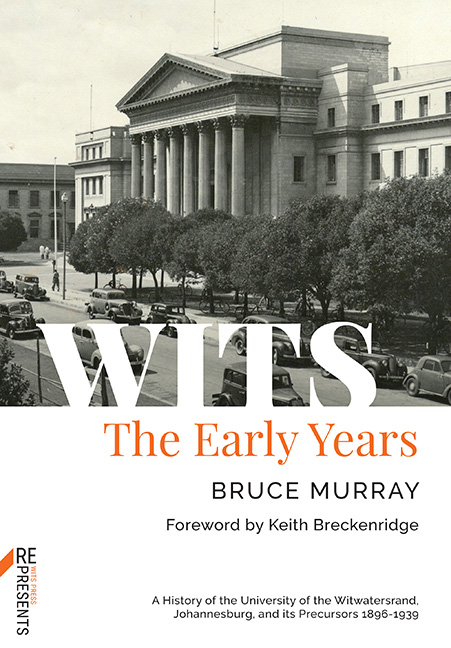2 - From School of Mines to University
Published online by Cambridge University Press: 24 November 2023
Summary
When moving the School of Mines Bill in the Transvaal Parliament in 1910, Smuts emphasized that what was being established was not merely a Transvaal institution, but a South African School of Mines and Technology, which would attract students from all parts of South Africa, and which would possess the potential to become ‘one of the best mining schools in the world’. The School of Mines accepted this view of itself and its role. With the making of Union, it came to favour the creation of a national teaching university, in Cape Town, with itself serving as the technological faculty for such a university. The School was even prepared to acquiesce in the diversion of the Beit bequest for the purposes of such a university, which would fulfil the old ideal of Rhodes, bringing together Boer and Briton to produce the future leadership of the new nation. The Botha government’s diversion in 1916 of the Beit bequest for the founding of a University of Cape Town, mainly for English-speaking students from the Cape, was seen on the Witwatersrand as a denial of this ideal, and as an act of larceny by Cape interests. ‘Crafty Capetown: Juggling with the Beit Bequest’, protested a headline in the Sunday Times, and the article complained about the ‘greedy spirit which the Cape has displayed’. The protest on the Witwatersrand against this diversion of the Beit bequest produced the impetus which six years later led to the founding of the University of the Witwatersrand, Johannesburg.
Between 1910 and the outbreak of World War I in August 1914, the South African School of Mines and Technology made impressive progress, particularly when compared with the disappointing record of the Transvaal University College in Johannesburg before 1910. With the recovery from the depression of 1906-9, and the implementation of the sandwich system, student numbers began to increase, and for 1913 some 139 day students registered at the school. The permanent teaching staff also expanded, and by 1913 numbered 21 professors and lecturers. Of the original appointments in 1904, Orr, Robertson, Wilkinson, and Young were still on the staff, while H.G. Breijer, the Professor of Mathematics, G.H. Stanley, the Professor of Metallurgy, and R.A. Lehfeldt, the Professor of Natural Philosophy and Physics, also traced their appointments back to the old Transvaal Technical Institute.
- Type
- Chapter
- Information
- WITSThe Early Years, pp. 39 - 68Publisher: Wits University PressPrint publication year: 2022



